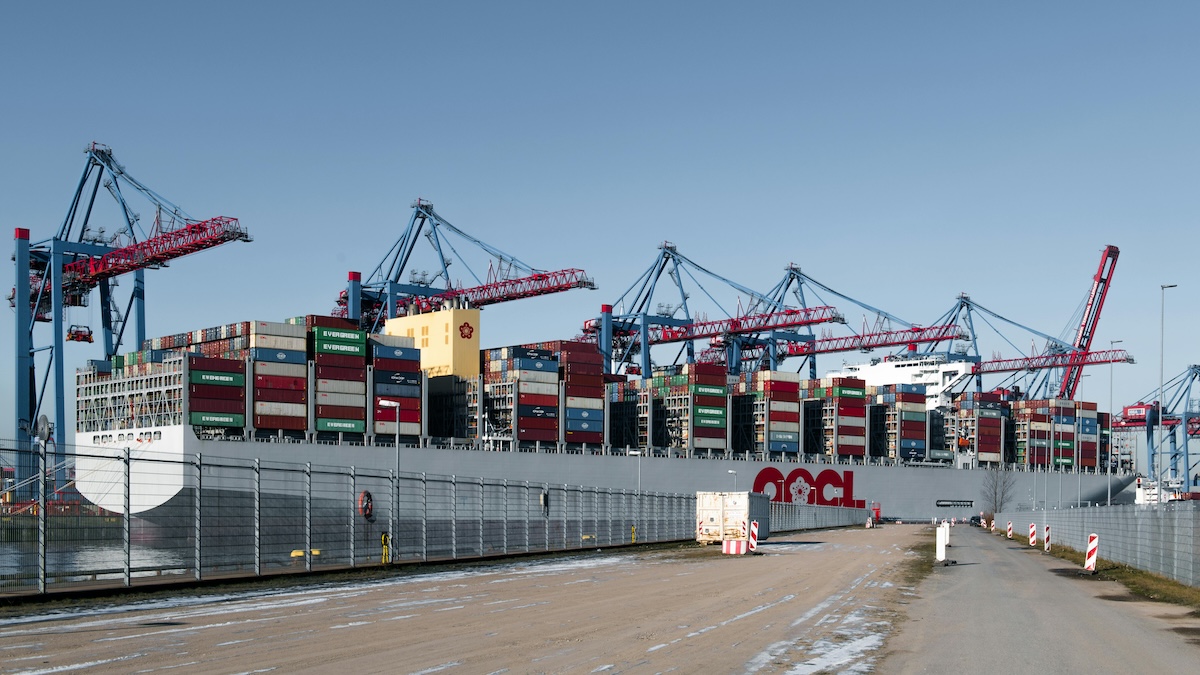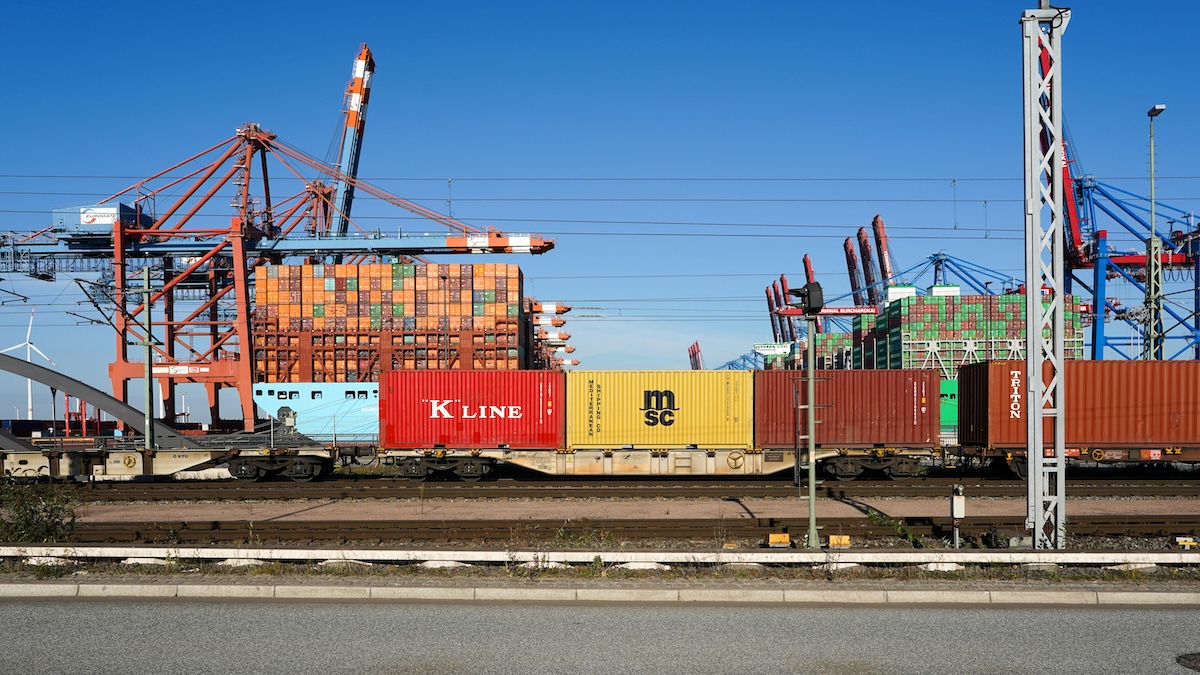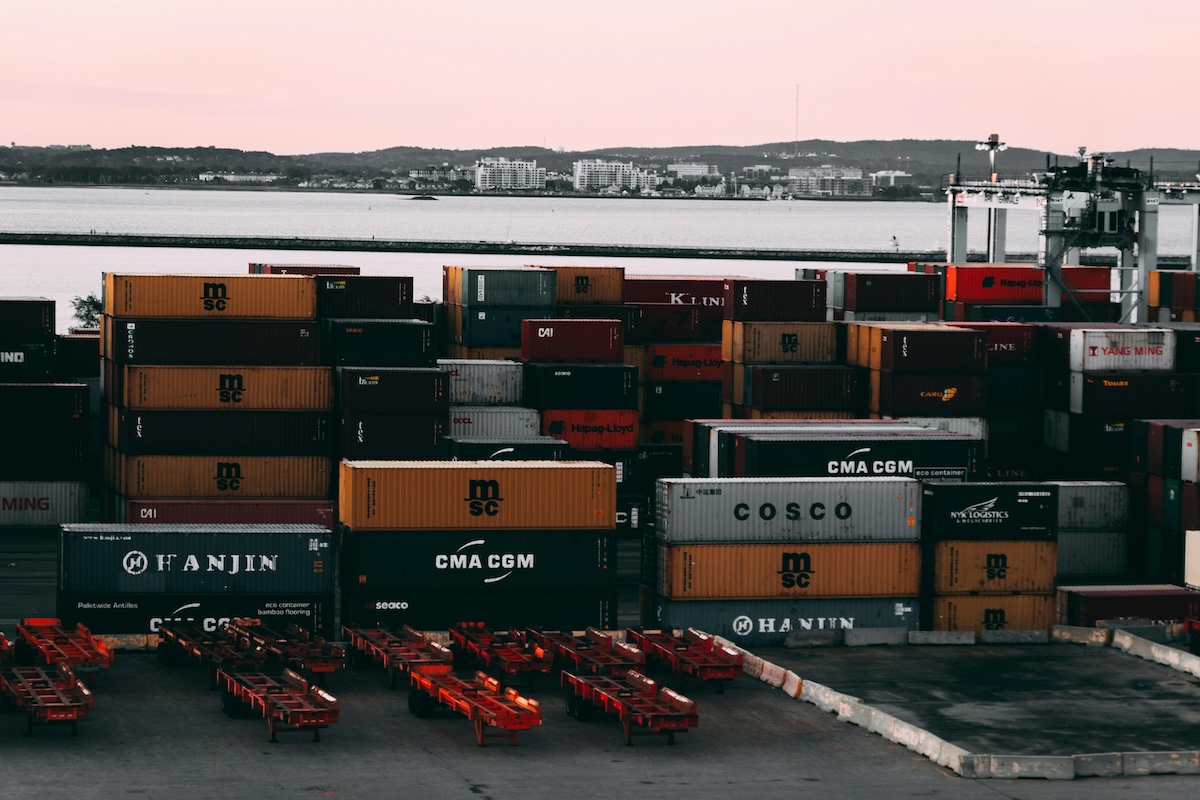Understanding AD/CVD Duties in International Trade

Article Summary
AD duties are tariffs imposed on imports sold below fair market value to protect U.S. industries from unfair pricing.
CVD duties are tariffs applied to offset subsidies provided by foreign governments to their domestic producers.
They are determined through investigations by the U.S. Department of Commerce and the International Trade Commission (ITC).
It involves petition filing, preliminary investigations, and final determinations to confirm dumping or subsidies and their impact on U.S. industries.
AD duties are based on the dumping margin, while CVD duties are based on the subsidy margin.
Non-compliance can result in penalties, interest, or seizure of goods. Monitoring AD/CVD orders and maintaining accurate records is essential.
Introduction
In international trade, countries often take measures to protect domestic industries from unfair foreign competition. Two of the primary tools used by the United States and other countries are Anti-Dumping (AD) duties and Countervailing (CVD) duties. Both are tariffs imposed on imported goods, but they target different types of trade practices.
Anti-Dumping duties address imports sold at prices below fair market value, while Countervailing duties counteract subsidies provided by foreign governments to their domestic producers. For importers, exporters, and trade compliance professionals, understanding AD/CVD duties is crucial to managing costs, avoiding penalties, and ensuring compliance with U.S. trade law.
Key Details About AD/CVD Duties
1. What Are Anti-Dumping Duties (AD)?
Anti-Dumping duties are tariffs applied when foreign companies sell products in the U.S. at less than fair value, causing or threatening material injury to U.S. industries. The U.S. Department of Commerce investigates claims of dumping by comparing the export price of goods to their normal value in the home market.
If dumping is confirmed, AD duties are imposed to raise the import price to a fair level, leveling the playing field for domestic producers. Common examples include steel, aluminum, chemicals, and textiles.
2. What Are Countervailing Duties (CVD)?
Countervailing duties are imposed when foreign governments provide subsidies to their domestic producers, giving them an unfair advantage in the U.S. market. Subsidies may include tax breaks, grants, or favorable loans.
The purpose of CVD duties is to offset the subsidy and prevent injury to U.S. industries. Like AD duties, CVDs are determined through formal investigations conducted by the Department of Commerce and the U.S. International Trade Commission (ITC).

3. Investigation Process
Both AD and CVD duties involve a formal investigation process:
- Petition Filing: U.S. domestic industries submit petitions alleging dumping or subsidization.
- Preliminary Investigation: Commerce and ITC collect data to determine the validity of claims.
- Final Determination: If dumping or subsidies are confirmed and material injury is established, AD or CVD duties are imposed.
Investigations can take several months, and duties are typically applied retroactively to imports entered during the investigation period.
4. Duty Calculation
The amount of AD or CVD duty varies depending on the level of dumping or the subsidy margin.
- Dumping margin is the difference between the export price and the fair market value of the goods.
- Subsidy margin reflects the monetary benefit received by the foreign producer.
Importers must pay duties equal to the margin per unit, per shipment, often in addition to standard tariffs. Accurate classification and valuation of goods are critical to ensure correct duty payment.
5. Compliance and Implications for Importers
AD/CVD duties have significant compliance implications:
- Importers must monitor products subject to AD/CVD orders to avoid underpayment.
- Customs bonds may be required to ensure duties are paid.
- Importers can face penalties, interest, or seizure of goods for non-compliance.
Staying informed about AD/CVD orders, maintaining accurate records, and consulting trade compliance experts are essential to mitigate risk and avoid costly errors.
Conclusion
Anti-Dumping and Countervailing Duties are critical tools for maintaining fair trade and protecting U.S. industries from unfair pricing or subsidized competition. Understanding the differences between AD and CVD duties, the investigation process, and how duties are calculated allows importers and exporters to navigate international trade responsibly.
Compliance with AD/CVD regulations not only prevents legal and financial penalties but also promotes fair competition in the marketplace. By staying informed and implementing proper trade compliance procedures, businesses can manage costs, reduce risk, and operate efficiently in a global economy.










